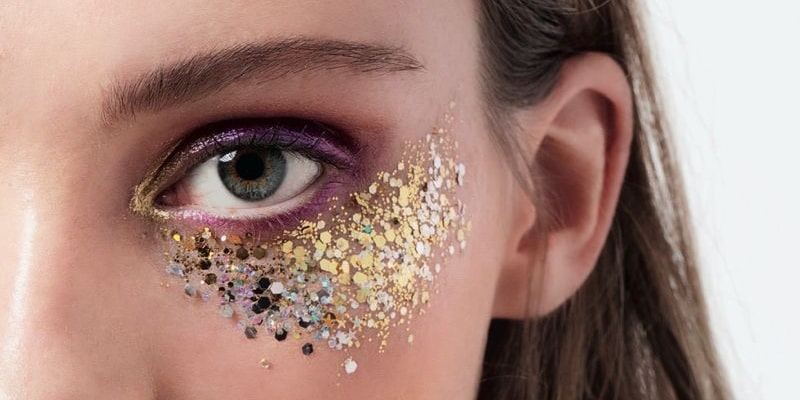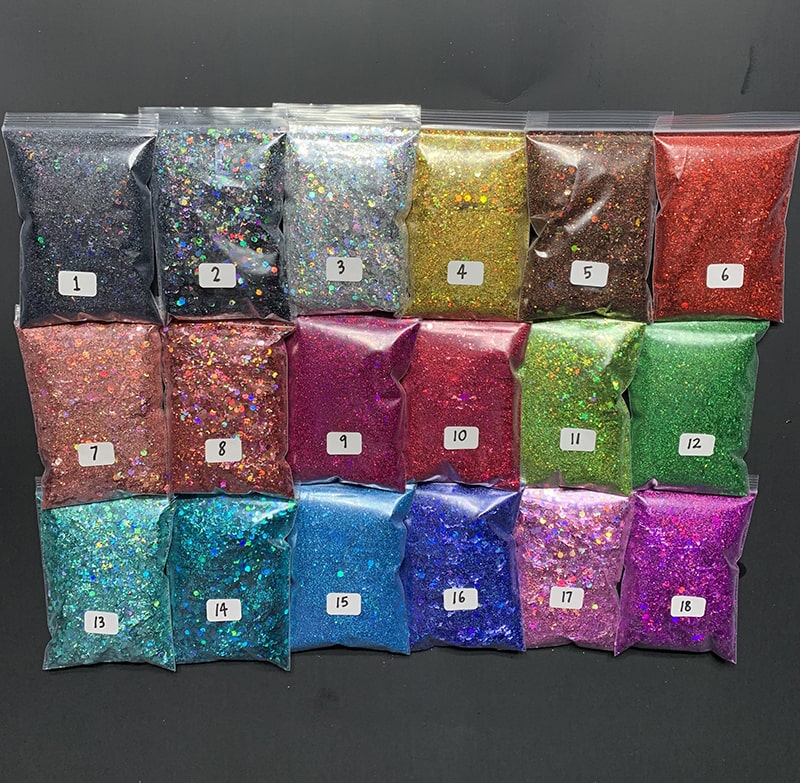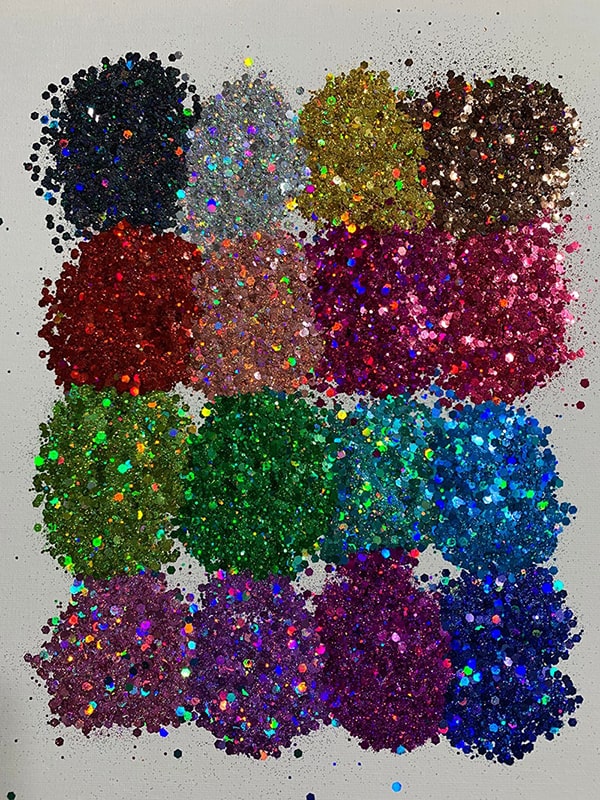 English
English-
 English
English -
 Español
Español -
 Português
Português -
 русский
русский -
 Français
Français -
 日本語
日本語 -
 Deutsch
Deutsch -
 tiếng Việt
tiếng Việt -
 Italiano
Italiano -
 Nederlands
Nederlands -
 ภาษาไทย
ภาษาไทย -
 Polski
Polski -
 한국어
한국어 -
 Svenska
Svenska -
 magyar
magyar -
 Malay
Malay -
 বাংলা ভাষার
বাংলা ভাষার -
 Dansk
Dansk -
 Suomi
Suomi -
 हिन्दी
हिन्दी -
 Pilipino
Pilipino -
 Türkçe
Türkçe -
 Gaeilge
Gaeilge -
 العربية
العربية -
 Indonesia
Indonesia -
 Norsk
Norsk -
 تمل
تمل -
 český
český -
 ελληνικά
ελληνικά -
 український
український -
 Javanese
Javanese -
 فارسی
فارسی -
 தமிழ்
தமிழ் -
 తెలుగు
తెలుగు -
 नेपाली
नेपाली -
 Burmese
Burmese -
 български
български -
 ລາວ
ລາວ -
 Latine
Latine -
 Қазақша
Қазақша -
 Euskal
Euskal -
 Azərbaycan
Azərbaycan -
 Slovenský jazyk
Slovenský jazyk -
 Македонски
Македонски -
 Lietuvos
Lietuvos -
 Eesti Keel
Eesti Keel -
 Română
Română -
 Slovenski
Slovenski
Biodegradable Glitter and Eco-Friendly Sparkle Powder: Adding Harmless Brilliance to Our Beautiful Earth
2024-04-24
In modern society, glitter and sparkle powder are widely used in cosmetics, crafts, apparel, and festive decorations, bringing shine and color to everyday life. However, the traditional production methods and ingredients of these products often have a long-term negative impact on the environment, especially their microplastic components, which are difficult to degrade and can cause ongoing harm to aquatic ecosystems. In response to this challenge, DecorSnow has developed biodegradable glitter and eco-friendly sparkle powder made from plant-derived cellulose. These not only provide the same aesthetic effects as traditional products but also significantly reduce environmental impact, fully biodegrading within six months without leaving harmful microplastics behind.

I. Basic Introduction to Glitter and Sparkle Powder
1.1 What are Glitter and Sparkle Powder?
Glitter, often also referred to as sparkle powder or sequins, is a decorative material made from very fine pieces of plastic or metal, commonly found in cosmetics (like nail polish, eyeshadow) and crafts. They vary in granularity from rough large pieces to fine powder. Traditional glitter is primarily made from polyester (PET) or polyvinyl chloride (PVC), materials that are very difficult to decompose in the natural environment.
1.2 Differences Between Traditional Glitter and Eco-Friendly Glitter
Compared to traditional glitter, DecorSnow's eco-friendly sparkle pigments are made from biodegradable materials like cellulose, which are derived from renewable resources. This type of eco-friendly sparkle powder can completely decompose in soil and marine environments in a relatively short time, thereby significantly reducing the disruption to ecosystems.

II. Environmental Issues and Challenges with Traditional Glitter
2.1 Environmental Risks of Traditional Glitter
Due to their tiny size, traditional glitter is often considered a form of microplastics. These microplastics can enter rivers and oceans via rainwater runoff, be ingested by aquatic life, and then affect higher levels of the food chain, including humans. Studies have shown that microplastics can accumulate toxic substances in animals and transfer these to humans through the food chain.
2.2 Societal and Regulatory Push
With the global rise in environmental awareness, many countries have started to implement regulations to restrict the use of traditional microplastics. For example, the United States has banned the use of microbeads in personal care products, and the European Union is strictly regulating the sale of products containing microplastics. The enactment of these regulations has prompted the supply chain to look for sustainable alternatives, such as biodegradable glitter.
III. Development and Application of Biodegradable Glitter and Eco-Friendly Sparkle Powder
3.1 Manufacturing Process and Material Sources
The manufacturing process of biodegradable glitter focuses on the use of sustainable resources. For example, polylactic acid (PLA) is derived by fermenting plant sugars, primarily from corn or sugarcane. This production process not only reduces dependency on fossil fuels but also decreases greenhouse gas emissions.
3.2 Expansion of Application Areas
In the beauty industry, an increasing number of brands are starting to use biodegradable glitter to produce makeup, providing consumers with more environmentally friendly product options. Additionally, in the arts and crafts sector, this material is favored by designers for its eco-friendly attributes.


IV. Case Studies and Market Feedback
4.1 Success Case Analysis
DecorSnow products have been widely accepted and proven practical in 18 countries globally, including major economies like the USA, Canada, and Germany. Customers across various industries are leveraging these eco-friendly materials to enhance product value and competitiveness. Not only has the market widely acclaimed these products, but they have also been recognized by environmental organizations. These success stories demonstrate the growing market demand for eco-friendly beauty products.
4.2 Challenges and Opportunities
Changes in environmental regulations and the growth of market demand suggest a significant future market potential for biodegradable and eco-friendly glitter. DecorSnow’s continuous innovation and environmental practices are key forces driving the industry towards a greener, more sustainable direction.
V. How Consumers Can Participate in the Environmental Movement
5.1 Raising Environmental Awareness
Educating and promoting awareness among consumers about eco-friendly products is crucial to the widespread adoption of eco-friendly glitter and sparkle powder.
5.2 Practical Suggestions
When choosing everyday products, consumers can prioritize those labeled as "biodegradable" or "eco-friendly," thereby promoting a shift towards more sustainable production and consumption practices across society.
By adopting biodegradable glitter and eco-friendly sparkle powder, we not only beautify our living spaces but also protect the future of the planet. This is an environmental action everyone can participate in, and through each purchase decision, we contribute to a sustainable future for the Earth.




